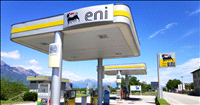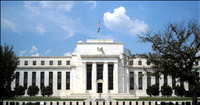ECONOMIC SURVEY 1999-2000: Money and prices
10 Apr 2007
1.34 Financial year 1999-2000 was characterised by low inflation and a comfortable supply position of most items of daily consumption. The downtrend in the annual rate of inflation, which began in the middle of 1998-99 continued in 1999-2000. Inflation touched a record eighteen-year low of 2.0 per cent at the end of July 1999. This downtrend was maintained through November and December, except for the 40 per cent increase in diesel prices in October which nudged the annual inflation rate close to the 3 per cent level. The annual inflation (point to point) for the week ending January 29, 2000 is 2.9 per cent, while the 52 week average rate for this period was 3.3 per cent.
1.35 The Wholesale Price Index (WPI) of all commodities increased by 3.3 per cent during the first 44 weeks of the current financial year. Amongst the sub-sectors, WPI of primary articles increased by 3.2 per cent, while the WPI of manufactured products rose by only 1.4 per cent. The WPI of the fuel group however increased sharply by 12.2 per cent. This was largely due to the 40 per cent hike in diesel prices announced by the Government on October 6, 1999 necessitated by near doubling of international prices of crude oil during 1998.
1.36 Retail prices as reflected in the most commonly used CPI (IW) registered the lowest ever inflation rate recorded so far under the current CPI (IW) series with base 1982. In fact, the index did not register any movement for the month of November 1999 over the corresponding month last year, probably one of the rare times in history of CPI (IW) series. In December it was still at a low of 0.5 per cent.
1.37 Structural changes in the Indian economy are beginning to have an effect on the historically substantial gap between Indian and world inflation. The most important factor has been de-control in the manufacturing sector covering both domestic (prices, production, investment) and international (import, export) aspects. Along with tariff reduction over the last decade, these policy changes have narrowed the inflation differential between domestic and international inflation. As a result average inflation as measured by the WPI has been about 6 per cent during 1995-96 to 1999-2000. With the removal of the remaining quantitative restrictions on imports by April 2001 the gap will tend to narrow down further.
1.38 The sharp fall in inflation during calendar year 1999 has resulted in a sharp rise in real interest rates given the still substantial segmentation and rigidities in the markets. Though a similar episode occurred in 1997 the current episode appears different. In 1997 inflation as measured by the WPI remained below 5 per cent for only 8 months. In 1999 the current (monthly) inflation has already remained below 5 per cent continuously for 11 months and below 4 per cent for 8 months. Continuance of high real interest rates suggests that expectation formation mechanisms based on historical experience have not fully taken account of the structural effects of economic liberalisation on the inflationary process.
1.39 Broad money (M3) growth was 16.6 percent (annual point to point) on January 14, 2000. Growth of M3 during the financial year till January 14, 2000 at 12 per cent was lower than the 13.7 per cent in the corresponding period of last year. Reserve money growth during this period was negative as against an increase of 10.7 per cent in the corresponding period of the previous financial year. The negative growth of reserve money was due to the much lower growth in net RBI credit to Government, which grew by only 1.3 per cent till January 14, 2000 compared to 13.4 percent in the corresponding period of 1998-99. The decline in RBI credit to the commercial sector and slower growth in net foreign exchange assets also contributed to negative growth in reserve money. The higher money multiplier reflected the impact of cash reserve ratio (CRR) reduction to 10 percent in May 1999 and to 9 percent in November 1999.
1.40 The fact that inflation has been moderate during the year despite increased supply of money suggests that demand for money has gone up. It is possible that precautionary demand for money increased sharply during 1998-99 because of heightened perception of uncertainty. As the uncertainty persisted during the first half of 1999-2000 and only got resolved in the second half, any such precautionary demand effect will only start weakening towards the end of 1999-2000.
1.41 The growth in non-food credit has picked up in the second quarter in response to increase in demand for credit arising from acceleration in industrial growth. During the financial year upto January 14, 2000, non-food credit had grown by 10.6 per cent, as against 7.2 per cent in the corresponding period of the previous year. Inclusive of investment, the flow of funds from banks during this period increased by 11.6 percent as against 10.0 percent in the corresponding period of last year. Net bank credit to Government increased by only 14.1 percent till January 14, 2000 in contrast to 15.9 percent in the corresponding period of the previous year.
1.42 Interest rate deregulation measures included permission to banks:
- To operate different PLRs for different maturities.
- To offer fixed rate for all term loans subject to the Asset-Liability Management Guidelines.
- To charge interest rates on loans to micro-credit organisations as per normal policy.
- To charge interest rates without reference to PLR on loans to intermediary agencies, advances against domestic/NRE term deposits and FCNR (B) deposits and loans covered by DFI refinancing schemes.












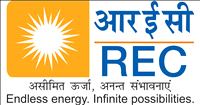

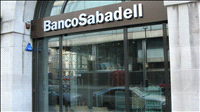

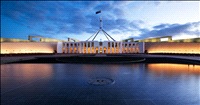
.jpg)
